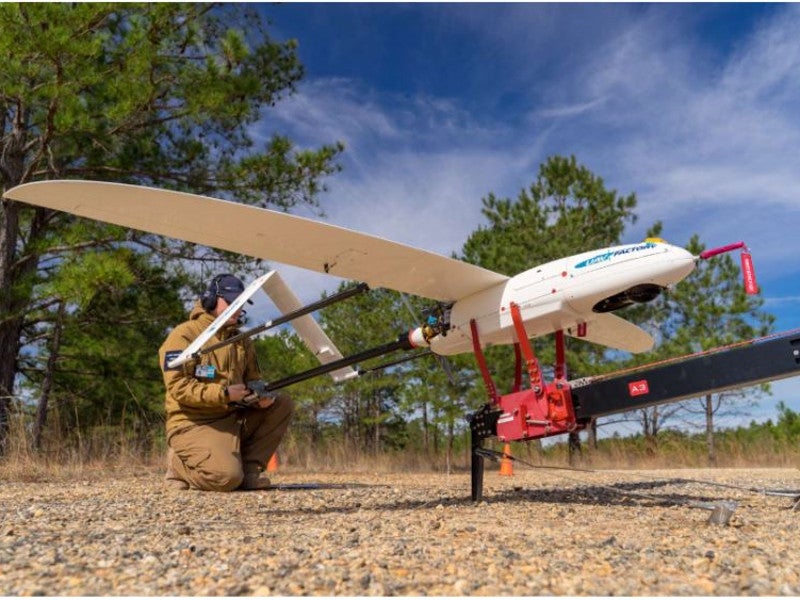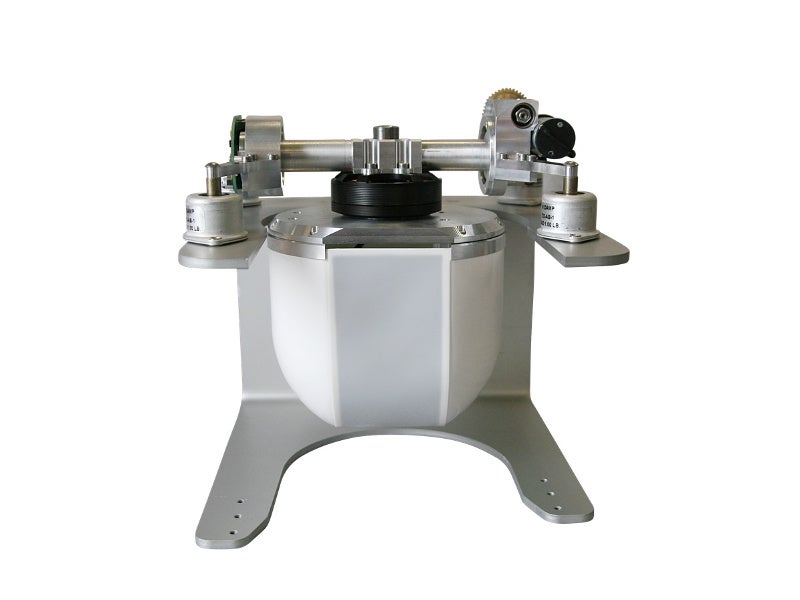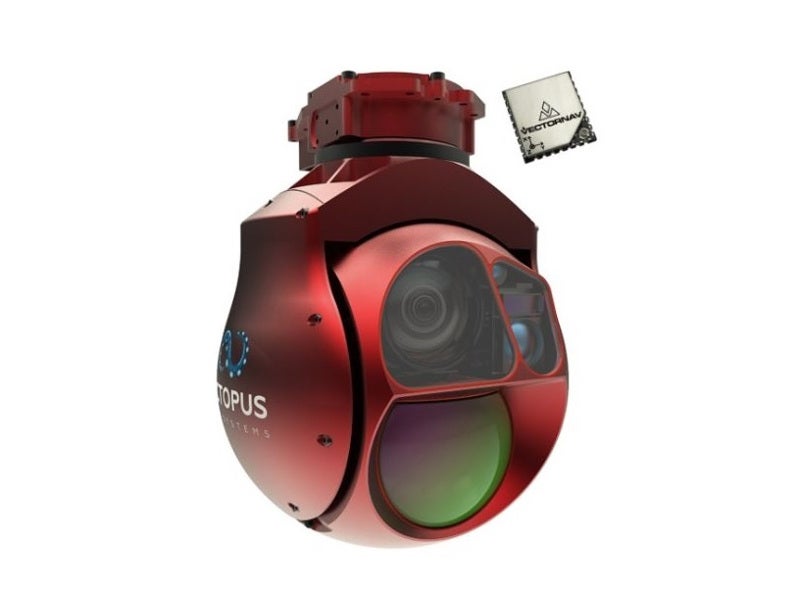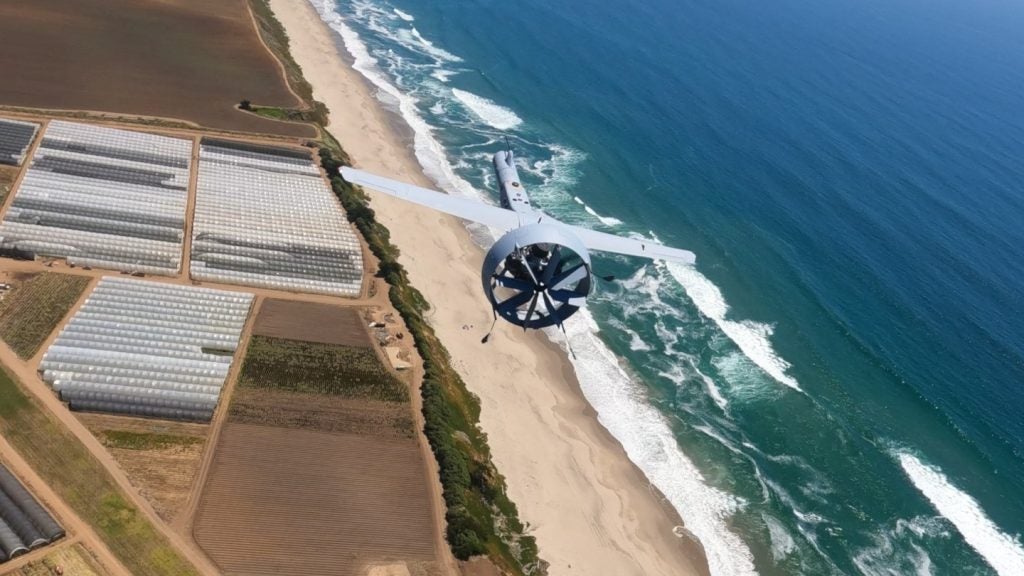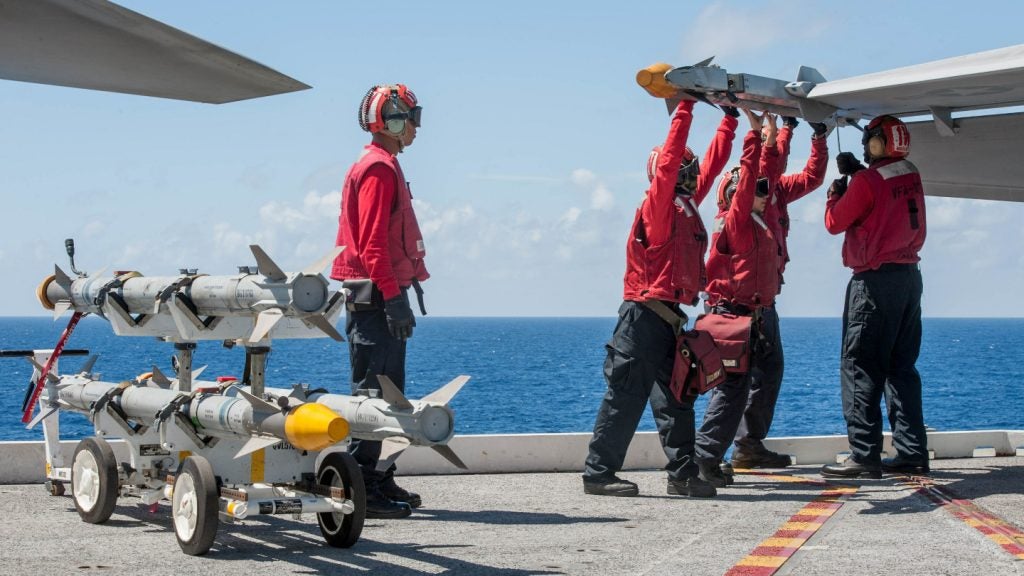Penguin C is a long-range unmanned aircraft system (UAS) designed and developed by Latvian unmanned platform and subsystems manufacturer UAV Factory.
The Penguin C UAS meets the FAA regulations and requirements for the small UAVs under the 55 pounds category. Categorised as non-ITAR (International Traffic in Arms Regulations) aircraft, the UAS is available to users around the globe.
The unmanned aircraft system is used by the forces for routine inspections, surveillance, object tracking, small moving target indication, and intelligence gathering. The Latvian National Armed Forces placed orders for the Penguin C unmanned aircraft systems in March 2019.
Penguin C design and features
Penguin C is a long-endurance aircraft system based on the proven airframe platform of its predecessor Penguin B UAS, which has been operational since 2012.
It is a modular, rugged, and sophisticated unmanned aircraft integrating a high-wing configuration and a twin tail boom. The UAS is propelled by a pusher propeller driven by a 28cc engine.
The aircraft has a length of 2.28m and a wingspan 3.30m, while the width and height of the fuselage are 0.28m and 0.20m, respectively. The maximum take-off weight of the unmanned aircraft is 22.5kg.
The operational temperature range of the aircraft is between -25oC and 50oC. The platform offers resistance against rainfall of less than 5mm/h. The aircraft’s pitot tube features heating option, which allows the aircraft to fly in cold weather conditions.
The unmanned aircraft system is not approved to fly in icing conditions.
Penguin C payload details
Penguin C UAS carries electro-optical and infrared (EO/IR) sensor payload to perform surveillance, object tracking, and intelligence operations. The Epsilon gyro-stabilised day/night gimbals such as 140, 135 HD Day, 140Z, and 175 can be fully integrated with the unmanned aircraft system via motorised retraction and anti-vibration damping.
The Epsilon gimbals integrate onboard processing unit, high precision geo-location, moving map software, laser illuminator, laser range finder, Xenics infrared (IR) sensor with 25/60mm IR lens, mid-wave infrared (MWIR) sensor with 15x optical zoom, and Hitachi global shutter EO HD sensor with 30x zoom.
The unmanned aircraft can be installed with various external payload systems via standard connections. The payload can be powered by 6V, 12V, and 24V supply options. The payload control and real-time relay are ensured by integrated data link Ethernet with a maximum transfer rate of 12Mbps.
Penguin C launch and recovery
Penguin C is a runway-independent aircraft equipped with autonomous launch and parachute recovery system to perform in remote areas with limited infrastructure. The aircraft can be launched from a man-portable pneumatic catapult launcher.
The aircraft is recovered using a sophisticated parachute or airbag recovery system. It employs an algorithm using multiple flight conditions to estimate the landing point to ensure controlled recovery in a designated area.
Penguin C’s autonomous flight is ensured by the Piccolo autopilot system developed by Cloud Cap Technologies.
The aircraft can be assembled and launched by two crew members within an hour. The mini-van transferable aircraft weighs 265kg when packed.
Communication and ground control
The high-power tracking antenna system is incorporated with an integrated pointing algorithm. The antenna can be automatically switched between directional and omni-directional antenna modes and can support the transmission of data over a range of 100km.
Penguin C’s long-range ground communication equipment is compatible with multiple frequencies ranging between 2.3GHz and 5.8GHz.
The portable ground control system of the Penguin C is equipped with a military-grade dual touch-screen display unit supporting operations in extreme weather conditions. The ground control unit is also integrated with the tracking antenna system.
Penguin C engine and performance
Penguin C UAS is powered by a 28cc electronic fuel injected (EFI) engine, which runs on 98 Octane fuel. The onboard engine cooling system allows operations below freezing point and extreme heat.
The engine exhaust is fitted with a silencer muffler, which has the lowest acoustic footprint making the aircraft more suitable for covert surveillance operations. The engine is backed by a swappable propulsion module ensuring uninterrupted operations. It is also coupled with a 100W generator system, which powers the avionics and payload aboard the UAS.
The aircraft has an endurance of more than 20 hours at cruise speeds of 68-79km/h. It can fly at a maximum speed of 115km/h during level flight. The maximum operational altitude of the aircraft is 5,000m.

